Beautiful Abandoned Places That Were Reclaimed By Nature
There’s something about abandoned places that’s simultaneously frightening as much as they are fascinating. As nature takes over man-made creations, it’s easy to feel humbled by the raw power of nature.
The apocalyptic beauty of these once-thriving locations shows us how precious the memories we have of a place are and how easily they can succumb to ruin only to be reclaimed by nature.
Houtouwan Village in Shengshan Island, China
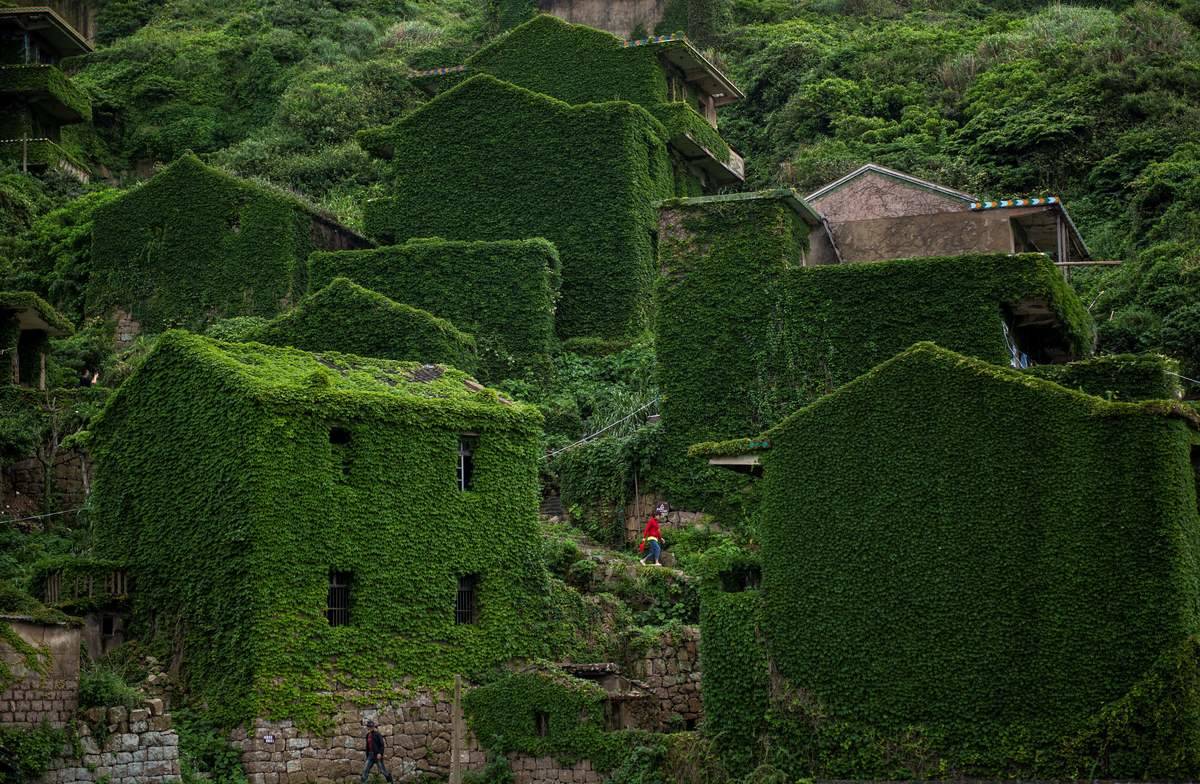
Located on the northern side of Shengshan Island in China, this village once housed thousands of fishermen. But it was abandoned in the 1990s due to poor education and food shortages.
Now only a handful of residents remain to greet and sell water to tourists flocking to see the moss growing over the mostly abandoned homes.
Rubjerg Knude Lighthouse in Denmark
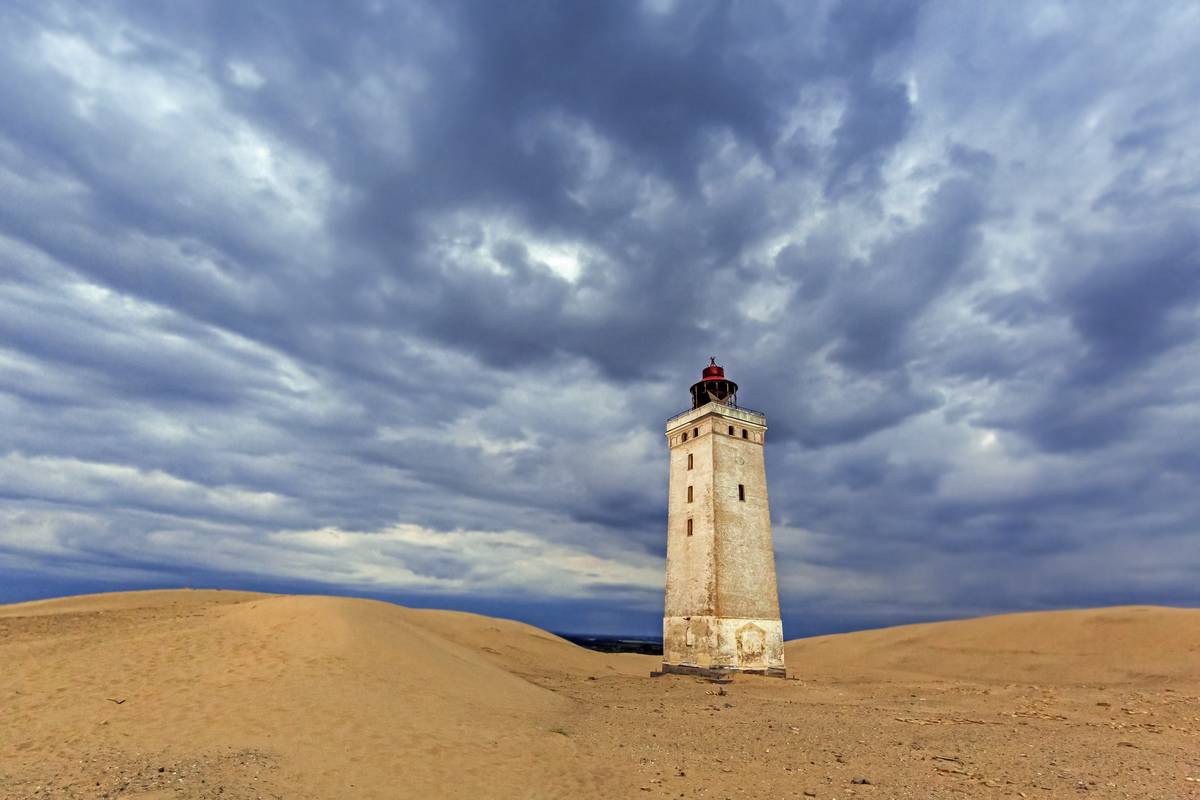
Built in 1900 near Lønstrup, Denmark, this lighthouse has been standing at only 200 ft above sea level, adorning the highest point of the coastal slope.
Its position made it vulnerable to sinking into the surrounding sands, and as a result, it was abandoned in 2002. By October 2019, the lighthouse was moved 230 ft inland via custom-built tracks to avoid coastal erosion or falling into the sea.
Grossinger’s Resort in Liberty, New York
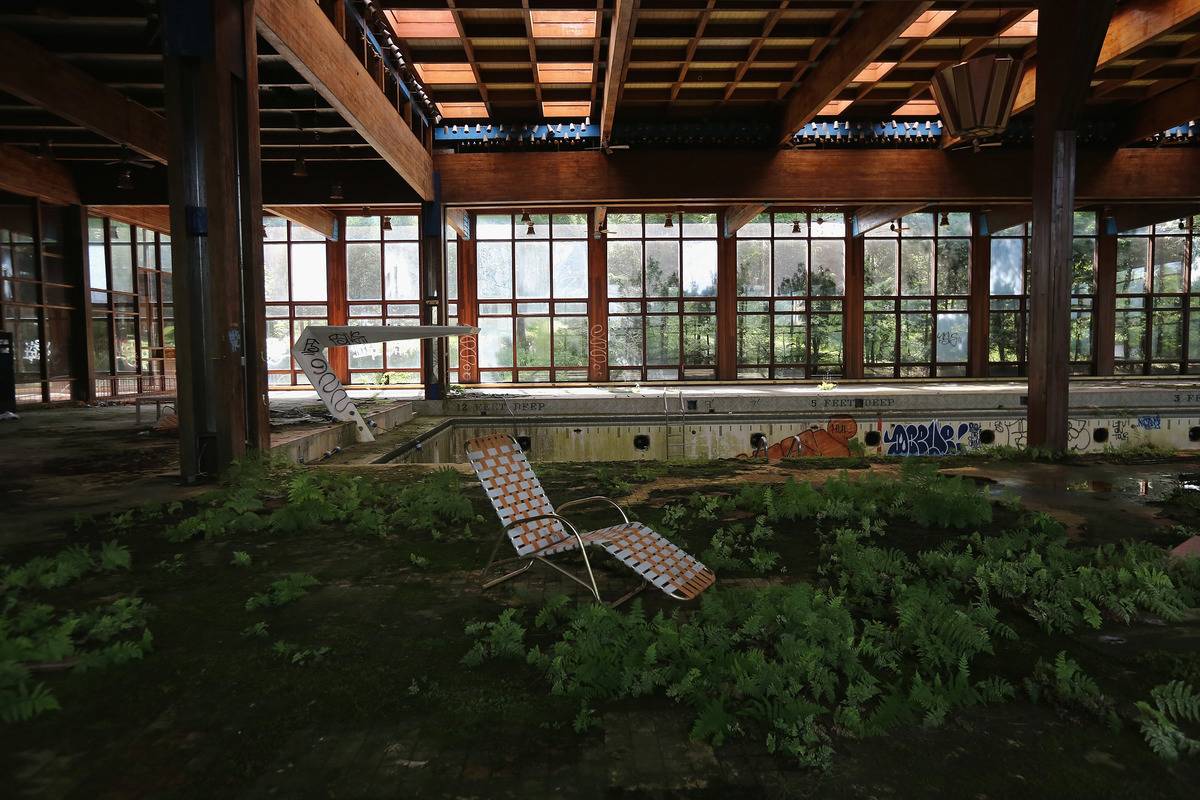
Back in the 1950s, this New York resort was the place to be for affluent New Yorkers seeking to escape the city.
The resort fell into gradual decline after Jennie Grossinger, daughter of the original owners, died in 1972. The resort itself closed in 1986. Since then, the building has fallen into ruin, slowly overcome with moss and ivy.
Old Car City in White, Georgia

The abandoned former car dealership is a well-known Instagramable stop for photographers seeking to capture the strange intermingling of manufactured goods and nature.
With trees growing out of vintage cars and moss seeking to cover everything in sight, the sight became a popular tourist spot after current owner Dean Lewis realized it was worth preserving.
Nara Dreamland in Nara, Japan
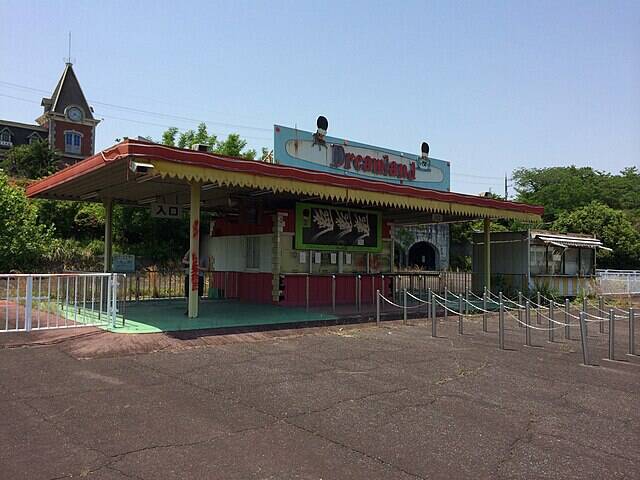
At the time of its completion in 1961, Nara Dreamland was Japan’s answer to Disneyland. Built as a replica of Anaheim’s Disneyland, the theme park was successful until Tokyo Disneyland opened in 1983.
The theme park fell into disrepair in 2004 until finally shutting its doors in 2006. The site was then famous as a touristic site for those eager to see the forest growing into the various rides. The theme park was then finally demolished in 2017.
Johannisthal Air Field in Berlin, Germany

Opened in 1909, the Johannisthal Air Field was one of the first motor airfields. Beset with several tragic accidents and, most notably, world wars, causing demolitions or closures, and changing hands after World War II.
It is now a park, though not necessarily in the traditional sense. Finding the entrance requires a sense of adventure and possibly some sneaking around. But brave explorers are rewarded with stunning visuals, ruins interspersed with growing trees.
Dunmore Park in Airth, Scotland
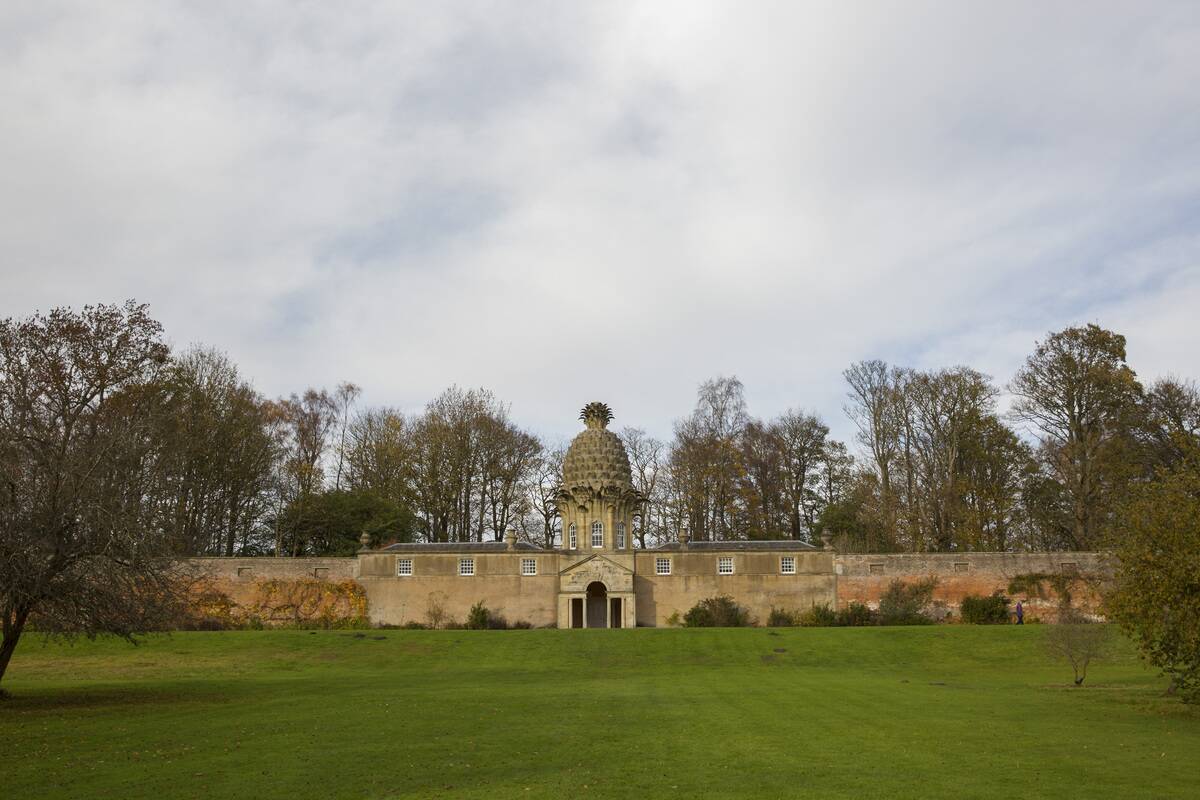
Dunmore Park is the estate of the earls of Dunmore and is most well known for its pineapple sculpture which acts as a focal point.
After the death of the original owners and parts of the estate sold to different people, there were plans to demolish part of the house, which never came to fruition. Today, the estate remains as ruins that attract tourists and can be rented via the Landmark Trust company.
Ghost Town in Kolmanskop, Namibia
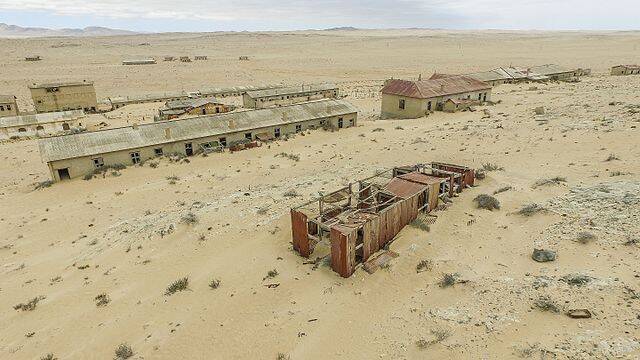
Located in the Namib desert, this once thriving diamond mining town in Namibia has since been reclaimed by the desert, dunes filling up hallways of abandoned homes.
In 1912, the town was a haven for diamond mining and quickly became one of the wealthiest towns in the area, producing 11% of the world’s diamonds. But by 1956, the town was completely abandoned, the population chasing the diamond fields found on beaches to the south.
New World Shopping Mall in Bangkok, Thailand
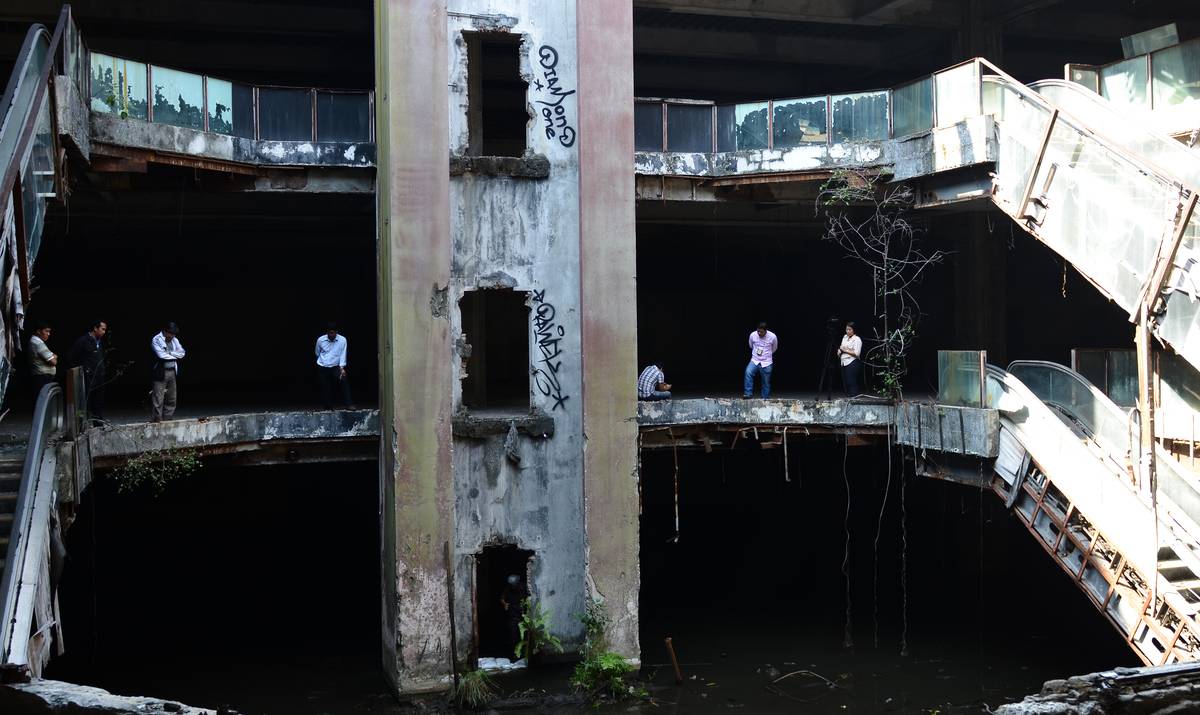
This once bustling mall has been fighting destruction for the past 30 years. In 1997 it was officially shut down after the owner illegally added seven floors to the building’s original four floors.
The building has faced fires, flooding, and even a koi infestation, becoming a short-lived tourist attraction until the fish were removed in 2015. The abandoned mall recently served as an exhibition location for Bangkok Design Week.



![[PHOTOS] How Different The World Used To Be, Then And Now](https://www.tellmebest.com/wp-content/uploads/2021/07/cropped-tell-me-best-fav-s.png)